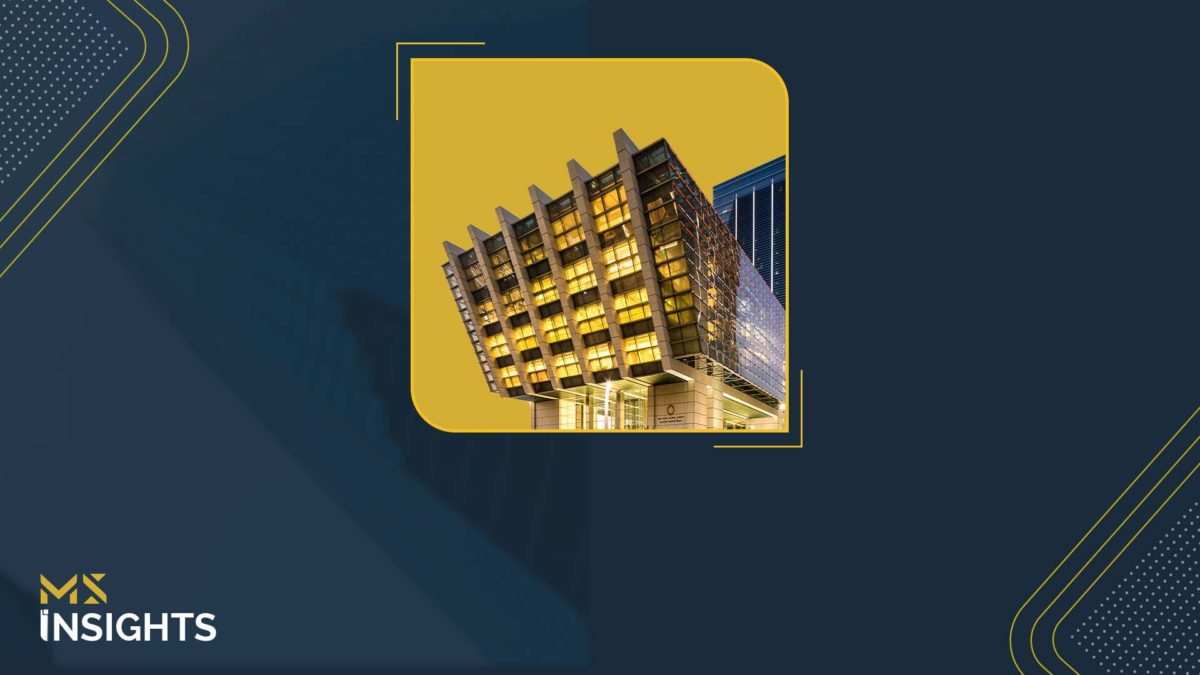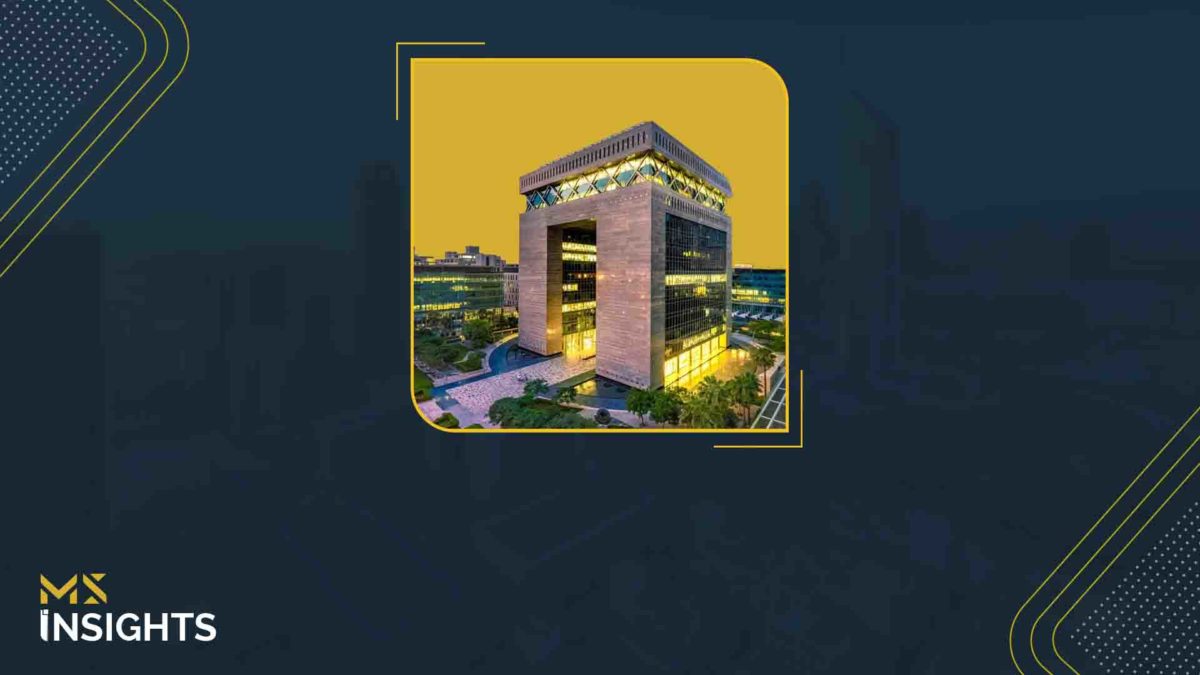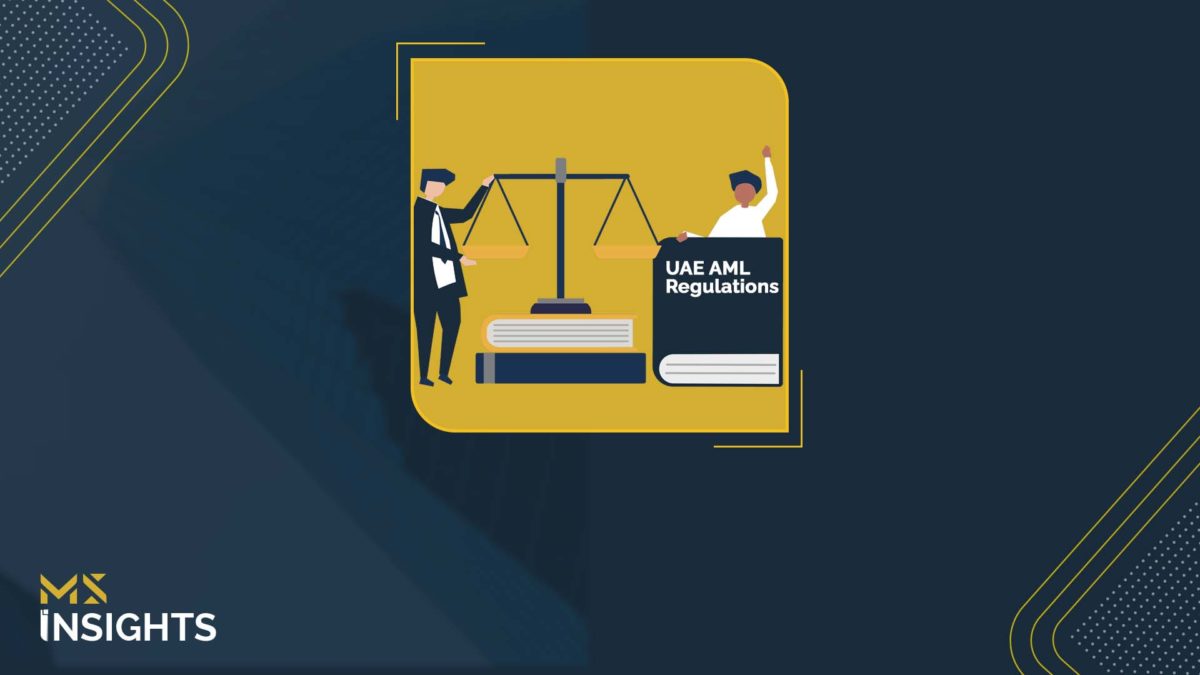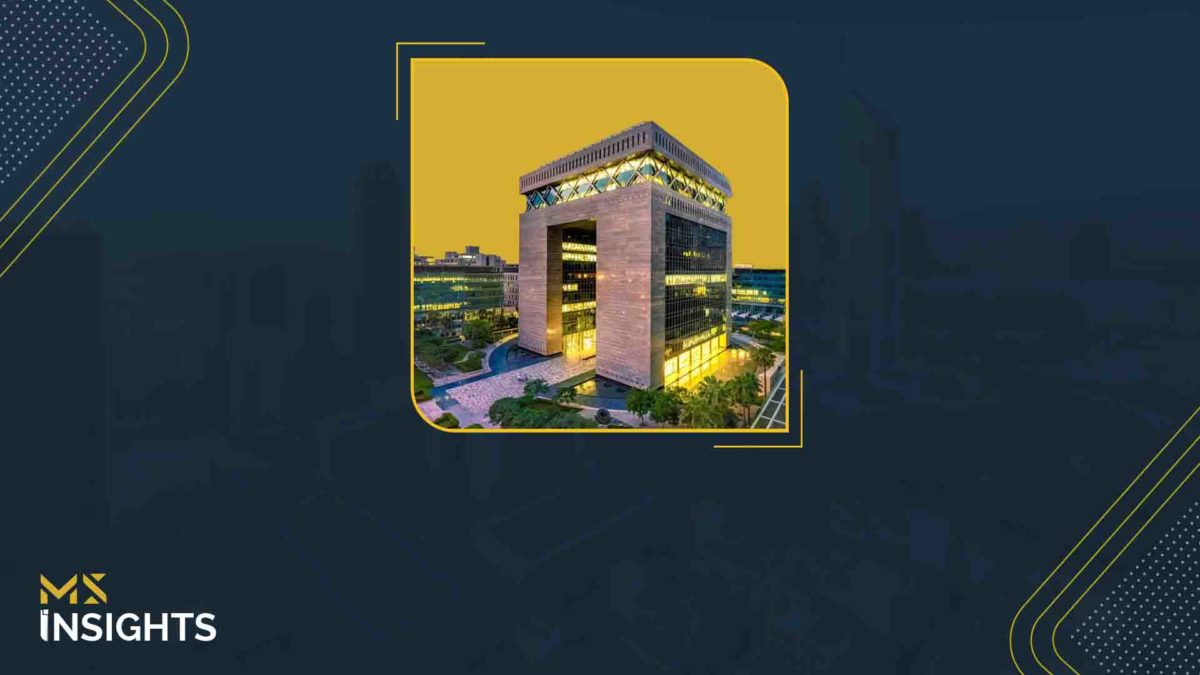In 2016, Apple Inc. found itself at the center of a high-stakes tax controversy that captured global attention. The tech giant faced scrutiny from the European Commission over its Transfer Pricing practices and tax arrangements with Ireland. The investigation revealed that Apple had been allocating a substantial portion of its profits to Irish subsidiaries, benefiting from a favorable tax rate that was considerably lower than those in other jurisdictions. This strategy, while legal at the time, raised questions about profit shifting and tax base erosion.
The case was a landmark moment, underscoring the relation between Multinational Enterprises (MNEs) and international tax regulations. It led Apple to overhaul its Transfer Pricing policies to align with the OECD’s BEPS guidelines, ensuring greater transparency and compliance with global standards.
Fast forward to today, and the global tax landscape is evolving once again with the OECD’s Pillar Two GloBE rules introducing a global minimum tax rate of 15%. For MNEs operating in the UAE, understanding how these new rules intersect with UAE Federal Corporate Tax is not just important—it’s essential.
As MNEs operating in the UAE confront the evolving global tax landscape, understanding the intersection of OECD Pillar Two GloBE (Global Anti-Base Erosion) rules and UAE Federal Corporate Tax is crucial. These rules, part of the Base Erosion and Profit Shifting (BEPS) project, set a global minimum tax rate of 15% to combat profit shifting and tax base erosion. For MNEs in the UAE, the close association between Transfer Pricing rules and UAE Federal Corporate Tax brings both opportunities and challenges.
The Interplay Between Transfer Pricing Adjustments and UAE Federal Corporate Tax
In the UAE, Transfer Pricing adjustments are vital for ensuring that transactions between related parties reflect arm’s length pricing, in line with both UAE Federal Corporate Tax and international standards. The introduction of Pillar Two further adds a layer to this landscape:
Timing of Transfer Pricing Adjustments
- Post-Year-End Adjustments: MNEs in the UAE often make adjustments after the financial year-end to align their results with Transfer Pricing policies. Under Pillar Two, these adjustments must be booked in the fiscal year to which they pertain or the year in which they were made. This requirement aligns with the UAE’s Federal Corporate Tax regulations, which also demand accurate reflection of financial results in tax returns.
- Low-Tax Jurisdictions: Historically, the UAE’s favorable tax environment has been seen as a low-tax jurisdiction. Under Pillar Two, there is increased scrutiny on Transfer Pricing adjustments in such jurisdictions. The UAE’s Federal Corporate Tax framework, which adheres to the arm’s length principle, must be carefully integrated with the GloBE rules to avoid potential disallowance of adjustments and double taxation risks.
- Double Taxation Risks: Adjustments made after filing the GloBE Information Return (“GIR”) can complicate dispute resolution. For UAE-based MNEs, this means navigating potential double taxation if income is reallocated from the UAE to higher-tax jurisdictions. The UAE’s corporate tax regime and its alignment with global standards play a critical role in managing these risks.
Strategies for Managing Transfer Pricing Adjustments in the UAE
To address the challenges posed by Pillar Two and ensure compliance with UAE Federal Corporate Tax regulations, MNEs should adopt the following strategies:
1. Creating a Robust Transfer Pricing Policy
- Alignment with UAE Federal Corporate Tax: Ensure Transfer Pricing policies are consistent with UAE regulations and international standards. The UAE Federal Corporate Tax rules emphasize the arm’s length principle, which should be reflected in the global Transfer Pricing policy to avoid discrepancies with tax authorities.
- Regular Monitoring: Regularly update Transfer Pricing policies and documentation to align with both UAE Federal Corporate Tax requirements and Pillar Two rules. This practice supports compliance and mitigates risks associated with post-year-end adjustments.
2. Timing of Adjustments
- Proactive Adjustments: Make Transfer Pricing adjustments contemporaneously with transactions to reduce discrepancies between financial accounts and tax returns. For UAE-based MNEs, timely adjustments are crucial for aligning with both local tax regulations and Pillar Two requirements.
3. Alignment with Financial Reporting
- Collaboration with Financial Reporting Teams: Ensure that Transfer Pricing adjustments are accurately reflected in consolidated financial statements. Accurate reporting in line with UAE Federal Corporate Tax and GloBE rules is essential for determining the correct GloBE ETR.
4. Seeking Advance Certainty
- Advance Pricing Agreements (APAs): Utilize APAs to gain certainty on the arm’s length nature of transactions. In the UAE, bilateral or multilateral APAs can help mitigate disputes and ensure that Transfer Pricing adjustments are recognized by UAE tax authorities and other jurisdictions.
The close association between Transfer Pricing rules and UAE Federal Corporate Tax underscores the importance of a well-coordinated approach for MNEs. By aligning Transfer Pricing policies with UAE regulations, managing the timing of adjustments, ensuring accurate financial reporting, and seeking advance certainty through APAs, MNEs can navigate the complexities introduced by OECD Pillar Two effectively. Embracing these strategies will help MNEs comply with both local and global tax requirements, ensuring a smooth alignment with the new international tax standards and minimizing potential risks.









